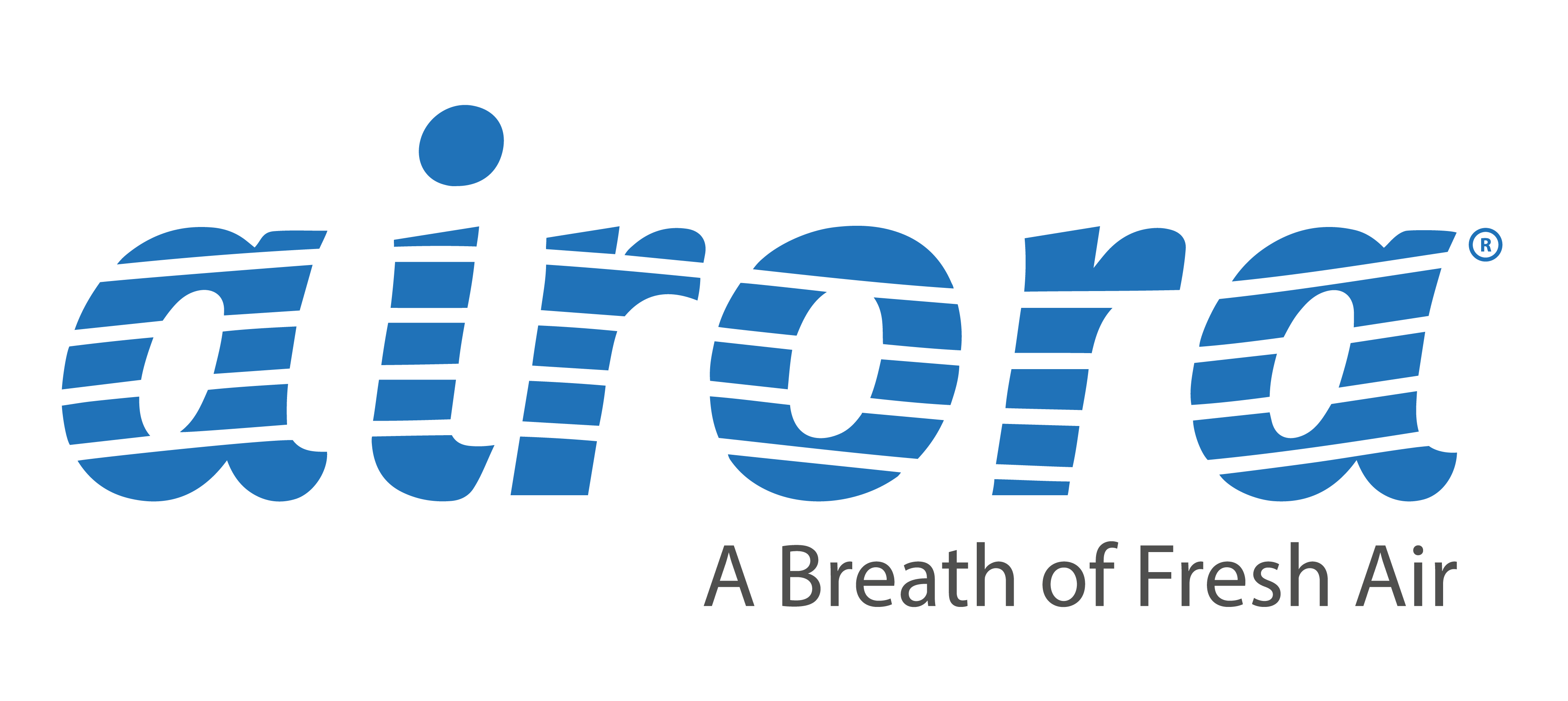Airora versus
Viruses, Bacteria, Fungi, Spores, Parasites and Prions
Airora is effective against all types of human pathogen. Such sources can be categorised by their ability to resist germicides and sanitisation, ranging from lipid medium size viruses (most susceptible to germicides) up to Prions (requires high temperature sterilisation).
The accepted categorisations are set out in Figure 1. below, as taken from the US CDC.
This form of classification is universally adopted, for example in healthcare, to decide what type of disinfectant, sterilant or even if high temperature steam is required to inactivate the infectious material and make it safe.
The traditional method of sterilisation is shown in the right hand column.
|
8. 7. 6. 5. 4. 3. 2. 1.
|
|
Figure 1
Airora’s Hydroxyl Cascade
The hydroxyl cascade created by Airora is a condensing reaction which preferentially coats the surface of harmful viruses, bacteria and moulds, creating abundant hydroxyls at their surface which rapidly inactivate them.
Harmful viruses succumb to hydroxyls as hydroxyls disrupt their lipid envelope and/or protein shell and penetrate their interior, thereby disrupting their genome (RNA/DNA content).
Harmful bacteria succumb to hydroxyls because, being extremely small, hydroxyls can pass through the outer cell walls and oxidise the highly sensitive third membrane responsible for electron transport, rendering the whole organism non-viable.
MS2 – the virus surrogate of choice
Disinfectants are not generally tested against each type of virus and / or bacteria both because there are too many types, but also because there would be inherent dangers in doing so. Instead, disinfectants (and hydroxyls are a type of airborne disinfectant) are generally tested against ‘surrogates’ which are safe in a laboratory setting.
A virus surrogate of choice is MS2 as, in terms of the categories above, it is a ‘non lipid small virus’ which is both safe to use in laboratories and is difficult to inactivate. If a disinfectant can inactivate MS2 it is expected that it can inactivate any viruses or bacteria in the bottom four classes above.
For this reason, Airora’s efficacy during development was principally measured against MS2 in addition to various representative bacteria and viruses. Tests conducted by the UK’s Health Protection Agency (now Public Health England) resulted in a 99.9999% kill of airborne MS2 in less than 5 minutes.
Viruses, Bacteria, Fungi, Spores, Parasites and Prions
Levels 1 - 4
As Airora can quickly and efficiently inactivate MS2, it can also quickly and efficiently inactivate all the four most susceptible classes above:
Level 1 – Lipid (enveloped) or medium sized viruses
Examples: HIV, herpes, Hepatitis B, RSV, Human Coronaviruses
Level 2 – Vegetative bacteria
Examples: E. coli, Salmonella, Listeria, Bacillus (Vegitative), Methicillin Resistant Staphylococcus Aureus (MRSA), Klebsiella pneumoniae
Level 3 – Vegetative fungi
Examples: Aspergillus, Candida, Cryptococcus
Level 4 – Non-lipid (non-enveloped) or small viruses
Examples: Polio, Norovirus, Influenza, Enterovirus, Adenovirus, Hepatitis A
Level 5
Mycobacteria (which includes TB) is basically no different in structure to other more susceptible bacteria and as hydroxyls are incredibly reactive and as the Airora process produces a never-ending supply of hydroxyls, even clumps of cells, thick layers and heavy cell walls will eventually succumb.
Examples: Tuberculosis, Leprosy, RGM pulmonary infections
Level 6
Coccidia (Parasitic Oocysts) are pathogenic parasites. They are a hardy, thick-walled stage of the life cycle of coccidian parasites. This is the stage that is shed in the faeces of people and animals infected with parasites such as Cyclospora and Cryptosporidium.
Their parasitic hardiness, coupled with their embedment in faeces, protects them from deactivation by hydroxyls.
Examples: Coccidiosis, Cryptosporidiosis (crypto), Cyclosporiasis
Level 7
Bacterial spores have three stages in their life cycle: vegetative growth, sporulation and germination.
During sporulation and germination, they are dormant (non-pathogenic) whereas during vegetative growth they are pathogenic and are susceptible to deactivation by hydroxyls.
Examples: Bacillus (Spore), Clostridium
Level 8
Prions are proteinaceous and are subject to breakdown and neutralisation by hydroxyl radicals.
Examples: Creutzfeldt-Jakob Disease (CJD), Spongiform Encephalopathy
Copyright Airora 2023 V 1.2
